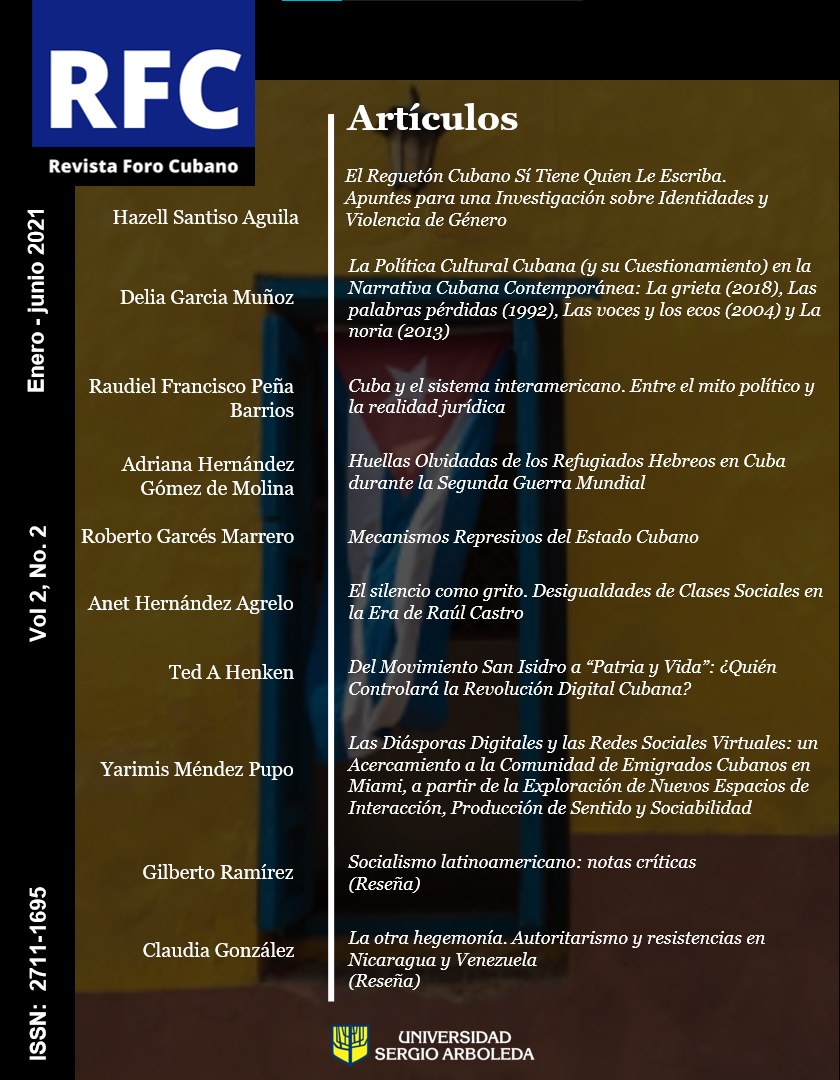Abstract
The presentation addresses the arrival in Cuba of the different migratory waves of Jews in the first half of the 20th century, especially the fourth and last wave of the so-called “refugees” (1933-1948), Jews who fled Nazism from Hitler’s rise to power in Germany and the subsequent expansion of the Third Reich into Western Europe and the unfolding of World War II. It push forward into the characteristics of this migratory wave, its associative tendencies and adaptation strategies of the refugees, as well as their relationship with the host Cuban Jewish community, to focusses on the traces of their passage through the Island through three little-discussed experiences in historiography: the training of the diamond industry, the interdominational aid experience of “Paso Seco” property and its traces in Cuban cinema.
Once published, the rights of printing and reproduction are from the Sergio Arboleda University.

